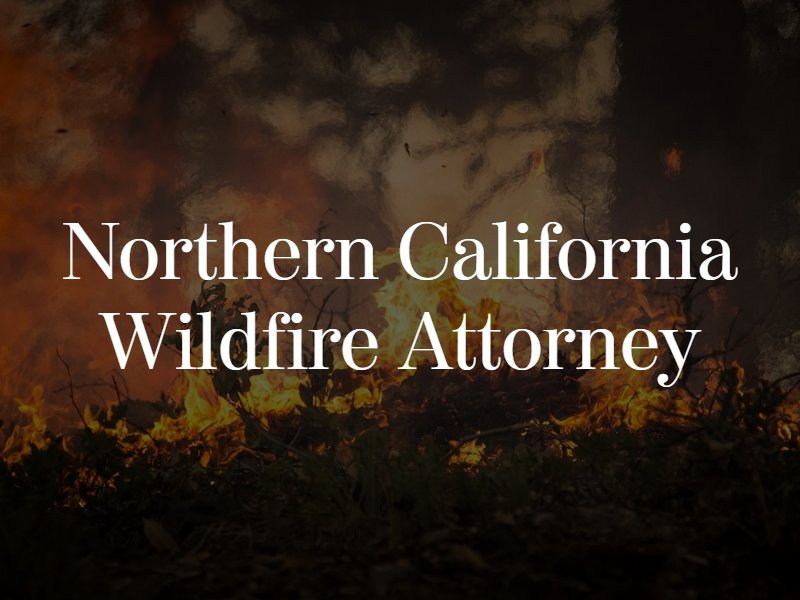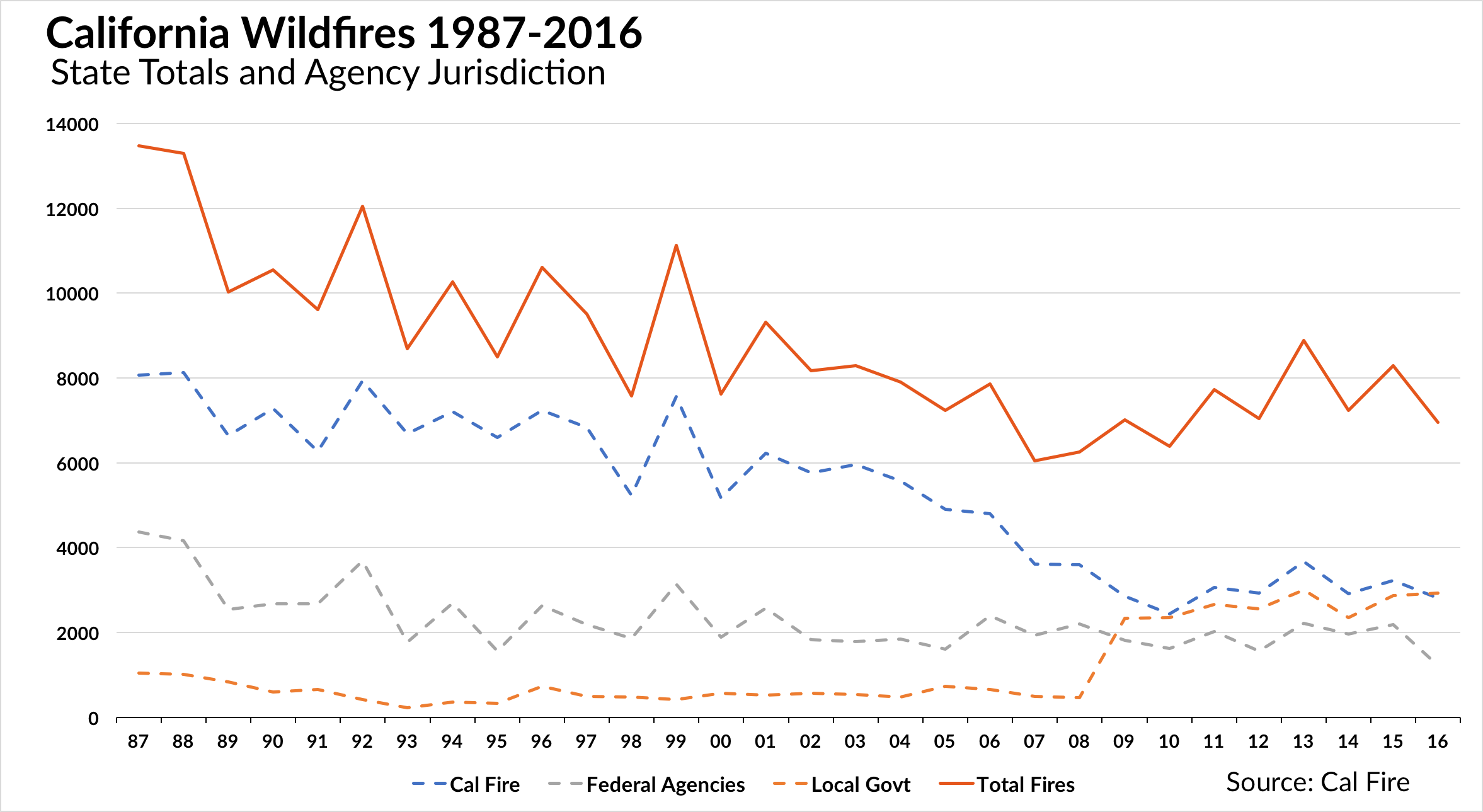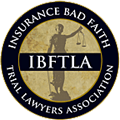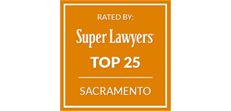Northern California Wildfire Lawyers

Contents
NORTHERN CALIFORNIA WILDFIRE LAWYERS
California Wildfire Resources
- California Wildfire Statistics
- How To Deal With Insurance Adjuster After House Fire
- 10 Most Destructive Wildfires in California History
- Contact a Northern California Wildfire Lawyer
Eric Ratinoff Law Corp. represented hundreds of families and business owners after the 2015 Butte Fire in California, the 2017 North Bay Fires that ravaged the Napa/Sonoma wine country and the 2018 Camp Fire that destroyed the town of Paradise, California. Our firm has decades of collective experience handling wildfire cases and has recovered millions of dollars on behalf of clients. Our wildfire attorneys have spearheaded (and been appointed as lead trial counsel and/or on plaintiff’s liaison committee) some of the largest wildfire litigation in California, including:
- The 2007 San Diego Wildfires (Rice/Witch-Guejito Fires);
- The 2012 Wood Hollow Fire;
- The 2015 Butte Fire;
- The 2016 Erskine Fire;
- The 2017 North Bay Fire;
- The 2018 Camp Fire;
- The 2019 Kincade Fire; and
- The 2020 Mountain View Fire.
- Pawnee Fire
Eric Ratinoff’s expertise handling wildfire claims puts him and his team in a unique position to aid those who suffered injuries, deaths of loved ones, property destruction, and other damages in wildfires impacting his home region of Northern California.
Northern California Wildfire Facts
The recent outbreak of wildfires made history in California, breaking previous wildfire records. Several of the main fires are now on the list of California’s top 20 most destructive California wildfires, including Tubbs Fire, which is now number one on the list. The Tubbs Fire took 21 lives and destroyed 5,643 structures throughout Sonoma County.
The Ten Most Destructive Wildfires in California History
*Note as of November 2018, the Camp Fire is the most destructive fire in California history, in terms of acres burned and lives lost. As of August 2021, the Dixie Fire is the 2nd largest fire in California history, in terms of acres burned.
Other vital statistics about the Wine Country Wildfires (North Bay Fire Complex) include:
- The wildfires broke out late on the evening of October 8th and blazed for weeks until total containment. Most of the fatalities occurred in the first several hours of the fires and most were elderly victims.
- The main fires included Tubbs, Nuns, Atlas, Redwood, Pocket, Cascade, Cherokee, and La Porte. The Nuns Fire merged with fires Norrbom, Adobe, Partrick, Pressley, and Oakmont.
- The Nuns Fire scorched 56,556 acres, over 1,300 structures, and took two lives; the Atlas Fire, 51,624 acres, 715 structures, and six lives; Redwood, 36,523 acres, 540 structures, nine lives; and the Cascade Fire scorched 9,989 acres and took four lives.
- The ages of the 43 deceased victims of the wildfires range from 14 to 100 years old. The Tubbs Fire twas the deadliest wildfire, accounting for 21 deaths.
- Air pollution from the fires brought Napa’s air quality down to the poorest in the country by October 12th. High levels of ozone and particulates in the air from the smoke made the air quality “hazardous” by October 13th – the worst level on the scale. More than 250 people in Solano County went to the hospital for illness relating to air quality.
- The causes of the fires are still under investigation. Cal Fire and the California Public Utilities Commission are investigating Pacific Gas & Electric Company (PG&E) for potentially starting or contributing to the fires due to poorly maintained electrical lines.
After decades of decline in the number of wildfires in California, the last ten years has seen a significant spike.

Certainly, a combination of drought periods and urban sprawl has put thousands more homes and structures at risk of destruction in wildfires. Looking at California wildfires by jurisdiction certainly bears this out. Wildfires have drastically increased in local government jurisdictions, from 459 in 2008 to 2,923 in 2016.
Why You Need A Northern California Wildfire Loss Lawyer
Many people mistakenly believe they can handle self-representation for a seemingly straightforward lawsuit. However, countless possible factors can complicate a wildfire lawsuit, especially when such a suit involves large companies like Pacific Gas & Electric with powerful in-house legal teams. Without any legal training or experience, the average plaintiff would not have the time, resources, or energy to handle self-representation while recovering from injuries and economic damages from a wildfire.
Many people who suffer economic losses and damaged or destroyed homes and vehicles also find that their insurance companies deny claims for coverage. While some insurance providers offer fire protection, they typically stipulate which types of fires qualify for coverage and which do not. Since wildfires are a significant risk in California, many insurers do not cover wildfire damage and instead may only cover fire damage from cooking mishaps or small explosions from faulty appliances. Our wildfire lawyers in California help victims of wildfires understand their insurance coverage and help deal with difficult claims adjusters.
Your California wildfire attorney will serve as your confidant and greatest ally in the face of fire-related property damage and other losses. With an attorney, you also have the opportunity to potentially file a claim should the ongoing investigations find a utility company at fault for starting the fires. Taking legal action against the responsible party as a victim with personal injuries, total property loss, or a deceased loved one can result in resources to help you and your family recover from this tragedy.
Steps to Take When Dealing with an Insurance Company After a Wildfire Loss
When you call your insurance company about wildfire losses, you will speak to an agent who directs you to take stock of all of your losses. Write down what property the fire destroyed, including household items, and their approximate values. Upon filing your claim, your insurance company will appoint a representative to investigate your particular case. Here are steps to take during the insurance claims process to maximize recovery:
- Ask for an advance. If you had to evacuate your home, you will have expenses such as a hotel bill and basic necessities. Save your receipts and ask your insurer for an advance to cover these expenses. Homeowners’ insurance policies will replace these costs without you needing to wait for them to process your claim.
- Minimize property damage. Your insurance company will ask what you’ve done to minimize the damage to your property. Your policy requires that you take reasonable action to “mitigate damages,” including contacting the fire department and boarding up your home to protect from vandals.
- File a claim right away. Most policies have time limits for filing and ask that you file your claim as soon as possible after a wildfire. You will need to submit a “proof of loss” claim that includes a detailed list of all items you lost and their values. Include as much information as possible, including the date of the loss, location of damage, any injuries, the condition of your home/business, and a police report.
- Document everything. Treat all documents and files relating to the wildfire as important. Keep receipts and documents such as repair estimates, medical bills, hotel and living expenses, and insurance documents. Create a file to keep all of this information in one organized place. Files can serve as evidence of your losses in the future.
- Be diligent. If you have a smoke or soot claim, be extra thorough in documenting your damage. Do not leave out any item that smoke, soot, ash, or flames damaged. Even if your items don’t appear badly damaged, the smoke likely affected it. Document stained-black walls, smoke-saturated upholstery, and floors/carpeting ruined by soot. Do not enter your home or touch smoke-damaged items until the fire department gives you permission to do so, as smoke-damaged items can affect your health.
- Don’t leave out vegetation losses. As a property owner with significant vegetation loss, such as downed trees and scorched brush, you have a major claim on your hands. Vegetation losses are expensive, and will most likely result in insurance settlement offers that are much too low. Retain Eric Ratinoff Law Corp to take over negotiations with your homeowners’ insurance company in these situations. Our firm knows how to push for the compensation you deserve for major vegetation and tree losses after a wildfire.
- Continue paying insurance premiums. It is important not to have any gaps in your coverage during the wildfire claims process. Keep your company up to date on where you’re staying (your new address) to add it to your current liability coverage. You may qualify for reduced homeowners insurance premiums if the structure of your home sustained damage in the fire.
- Keep your claim open. A fast settlement offer from your insurer may tempt you, but realize that accepting the check typically closes your claim. You do not have to accept the first settlement offer or that your claim is closed. It may be in your best interest to keep your claim open while investigations are still underway. You may find additional fire-related damages that you or the insurance company overlooked.
- Retain an attorney. Don’t accept the insurance company’s first settlement offer without first talking to an insurance attorney. It is more than likely not as much as your claim is actually worth. The company may overlook losses or underestimate their values. Working with a Norcal wildfire attorney often results in a much larger settlement offer than without one.
Don’t let your insurance company take advantage of you or get away with offering less than your claim is worth. We do not take any portion of wildfire victims’ insurance claims. When our NorCal wildfire attorneys represent victims of wildfire, our contingency fee only applies to what we recover that is in excess of your insurance policy. The assistance we provide in filing your claim is one example of what we do to help you get back on your feet.
In the aftermath of a destructive event like a wildfire, it can be easy to jump on the first settlement offer. Instead, contact an experienced wildfire lawyer. You may be surprised to find that your case is worth significantly more than your first offer.
Potential Legal Issues After a Wildfire
Determining the cause of wildfire is the first step in securing compensation for your damages. For example, the 2017 California wildfires traced back to defective utility equipment owned and maintained by Pacific Gas & Electric, one of the biggest utility providers in California. This placed the company at the forefront of several major lawsuits from victims of wildfires caused by their defective equipment and lax maintenance protocols.
Several class-action lawsuits are also pending against Pacific Gas & Electric for the recent wildfires their structures have caused throughout California. While a class-action lawsuit may offer a cheaper and quicker means of receiving compensation than an individual claim, the final payout is much lower because many plaintiffs essentially pool their collective claims into one lawsuit against the same defendant. The plaintiffs then divide the final case award, typically resulting in much less than they could have received with individual claims but at a fraction of the cost of legal fees and in a much shorter time.
Our California wildfire lawyers do not file class-action lawsuits for wildfire victims. Because every wildfire victim has suffered distinct damages, we file a separate lawsuit for each and every wildfire victim we represent. We do not lump cases together to file in bulk, nor do we take any other short cuts that can undermine the amount our clients rightfully deserve to recover for their case.

















